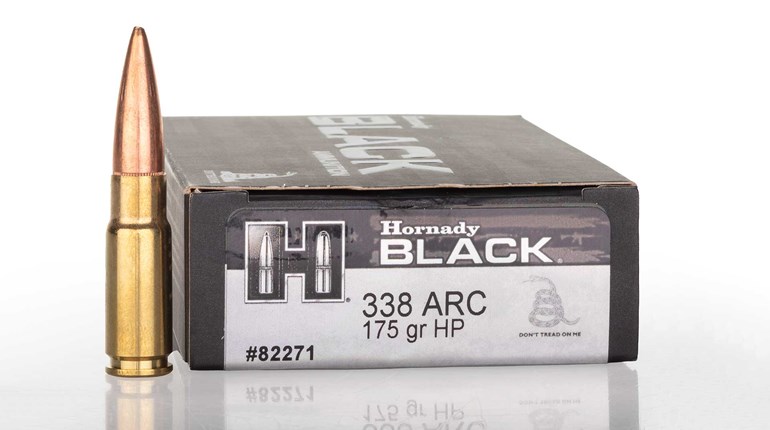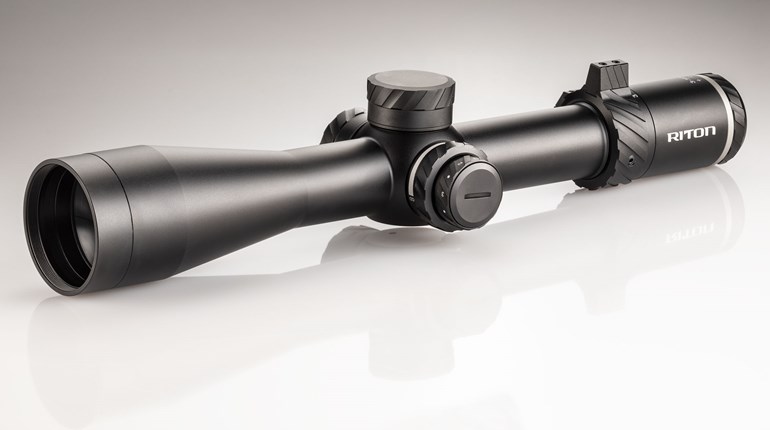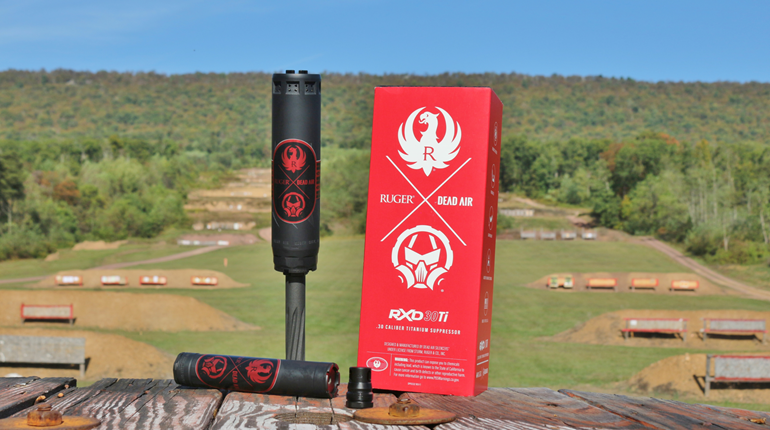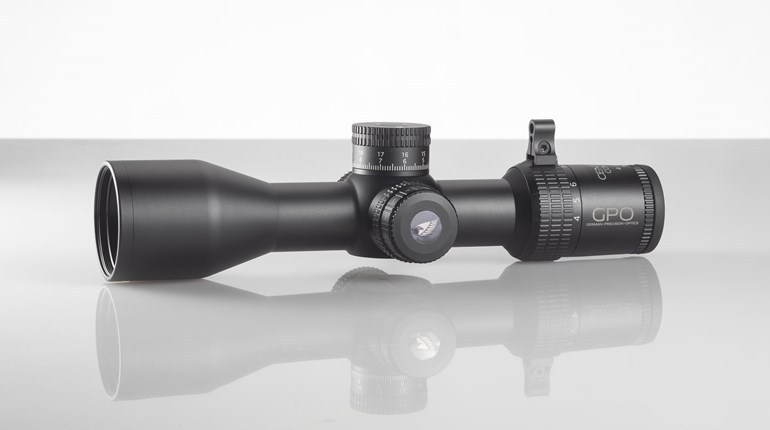
The human body is a remarkable mechanism; it is advanced, yet animalistic when it needs to be. If we study our physiological response to stress, this becomes incredibly apparent. When a threat appears, adrenaline courses through our veins to assist us in fighting it off or fleeing the area. As a byproduct, this produces tunnel vision, which helps us to concentrate on the most-immediate threat, which is typically square in front of us. The problem with this is that in many instances, a secondary attacker is positioned adjacently just a few feet to either side of the original one. Given our current state, we are now blind to this threat. The solution to this problem comes in learning to scan and assess your peripherals after your first shots. Here are a few drills to help build that into practice.
The Three, Two, One Routine
Statistically, most gunfights are over in two to three rounds. Most self-defense gun shots are fired at distances inside of seven yards. Seven yards might as well be a mile, though, as far as our vision is concerned, because the threat is so far away your eyes produce little to no obscurement to your field of view. Working with a cardboard target (never use a metallic one at this distance) that is substantially closer forces us to induce this scanning technique.
1. Position a cardboard target against a safe backstop and stand three yards away. Fire two shots in rapid succession before breaking your chin (and eyes) left and right to scan for other targets. Scan five more times.
2. Move to a distance of two yards from your target and repeat the drill. You’ll notice that you need to move your head more to see the same distance on each side.
3. Move to just one yard of your target and repeat the course of fire. From here, the target will be so close that it will be hard to forget to check each side. Repeat the course of fire 10 times to help cement it in.
The Failure Check Routine
The failure-to-stop drill is a popular routine that involves placing two rounds into the center mass of your target before transitioning to a head shot. When dealing with one threat, this is a highly effective maneuver; however, it could leave you open to an attack from a second opponent as you prepare to take that third shot. This drill addresses a secondary threat while the first should be disabled from the initial wounds.
1. Position a similar cardboard target to the last drill at five yards.
2. Position a second cardboard target five yards to the left.
3. Using a shot timer, fire five standard failure-to-stop drills on the target directly in front of you and average your times.
4. Fire two shots into the center of the target in front of you; scan over to the secondary target; fire two shots; return to the first target and fire a final shot to the head of this target.
5. Scan and assess for other potential threats.
6. Repeat until you can run the drill as fast as the baseline you established in step one.
Far too often, we find ourselves aimlessly punching away at paper without much realism in our training scenarios. Scanning and assessing helps us to remember that a relaxed shooting range doesn’t represent a life-or-death encounter. Adding the practice of breaking up your engagements with a quick side-to-side gesture dramatically changes your mindset while encouraging proper follow-through. Additionally, this separates the reset procedure (e.g., reholstering) from the engagement. At the very least, it serves as a reminder that we live in a 360-degree world—danger can lurk around any corner.


































